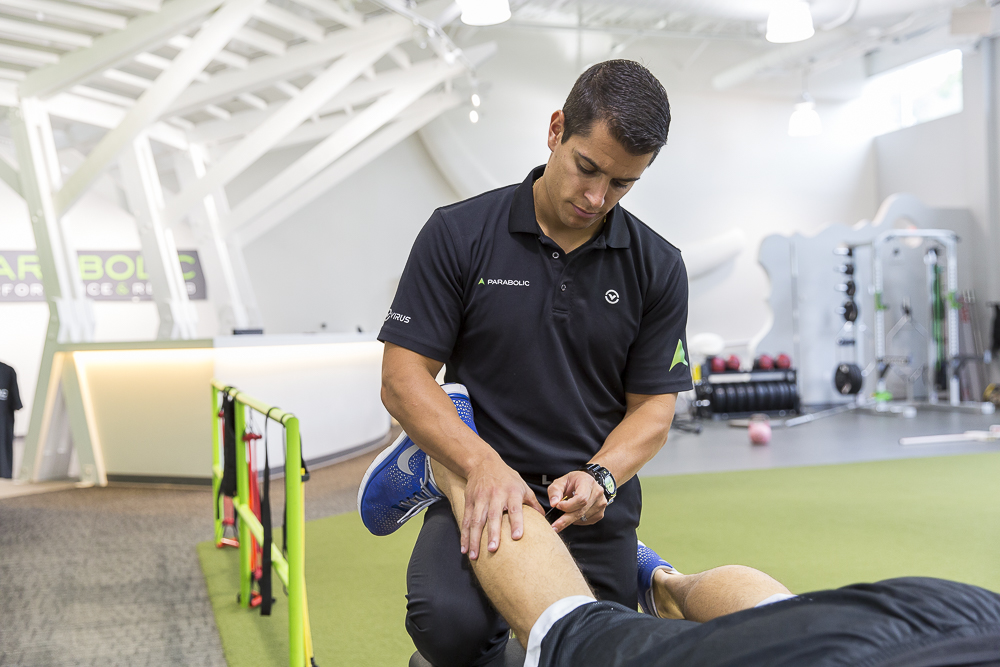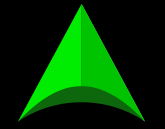If you are or have been a patient at Parabolic, chances are you have received dry needling or have seen one of our physical therapists utilize it as part of a patient treatment plan. Parabolic also offers acupuncture to promote a more well-rounded and holistic experience for our patients. A popular question asked by patients is “What is the difference between dry needling and acupuncture?” That is a loaded question where the answer is not always so cut and dry. Imagine a Venn diagram. Acupuncture is one circle and dry needling the other, with a shade of gray in the middle. There are elements of both within each other to some degree, especially when it comes to musculoskeletal problems. Dry needling is also called “trigger point dry needling” or “trigger point acupuncture” hence the potential for confusion, however they are not entirely synonymous.
First and most, it’s important to mention when a licensed physical therapist performs dry needling they are by no means performing acupuncture, unless they also have a license in acupuncture with additional schooling and a separate license or degree. It may look the same from the outside view as similar needles are used in both practices. Nevertheless dry needling and acupuncture are two separate treatment approaches.
Personally, I think one of the biggest differences between dry needling and acupuncture is the intention and the thought process behind the needling technique and needle placement. When a physical therapist performs dry needling, they are aiming to release a trigger point in a muscle, create a lesion in the tissue to improve blood flow, and promote healing. Dry needling can be very effective for releasing a deep trigger point where traditional manual therapy has trouble getting without causing discomfort to the patient. It is very beneficial for musculoskeletal problems, including tendonitis, myalgia and nerve pain. Dry needling targets the muscle, nerve, or tissue level and does not go beyond that. Acupuncture on the other hand is looking at the bigger picture in your body, deeper than the superficial muscle layer.
Acupuncture is looking at the body through a much different lens. The intention of the acupuncturist is to address the meridians of the body to influence your Qi or “energy flow”, blood, and fluids. However, that is just the tip of the iceberg and there really is so much more to acupuncture than that. Acupuncture is just one part of Eastern medicine that has been around for thousands of years. Acupuncture has been known to treat a wide variety of ailments. It is not only useful for musculoskeletal problems, similar to dry needling, but can also help with digestive problems, infertility, allergies, and on the list goes. Acupuncturists also address trigger points that occur in what are called “tendinomuscular channels” that are separate from traditional meridians lines. In essence, a licensed acupuncturist can address trigger points for musculoskeletal pain, like the PT does with dry needling, in addition to also addressing other problems in the body.
In short, when comparing dry needling to acupuncture it is helpful to think about dry needling addressing your local muscular layer whereas acupuncture is addressing you systemically. Both are very beneficial treatments and complement each other greatly during the rehabilitation process. A prescription is not required to receive acupuncture and it is covered under some insurance policies. New Jersey is a direct access state for physical therapy, meaning a prescription from an MD is not required. A prescription from an MD however is required for Medicare patients. It is under the discretion of your physical therapist to determine if dry needling would be beneficial for your condition.

